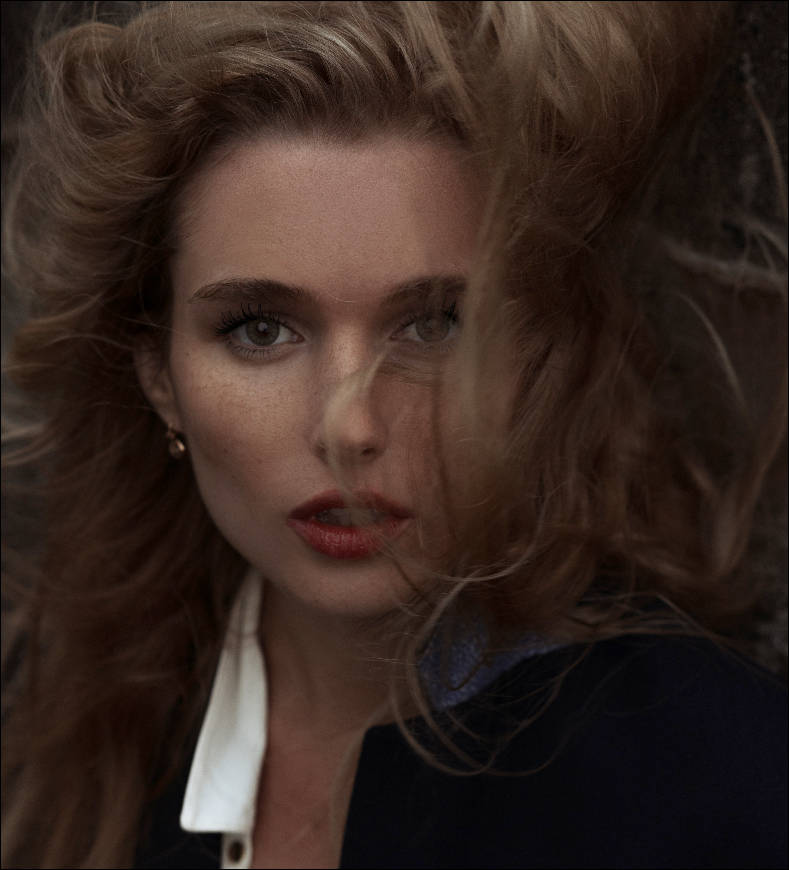
It allows to keep PV going, with more focus towards AI, but keeping be one of the few truly independent places.
-
Heating comparison with GX8
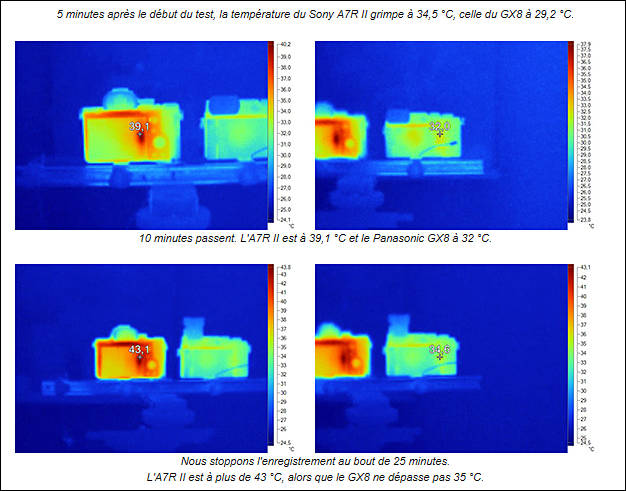
http://www.focus-numerique.com/sony-a7r-ii-chauffe-ne-chauffe-news-7626.html

 sony41.jpg626 x 491 - 63K
sony41.jpg626 x 491 - 63K -
Another ISO related thing
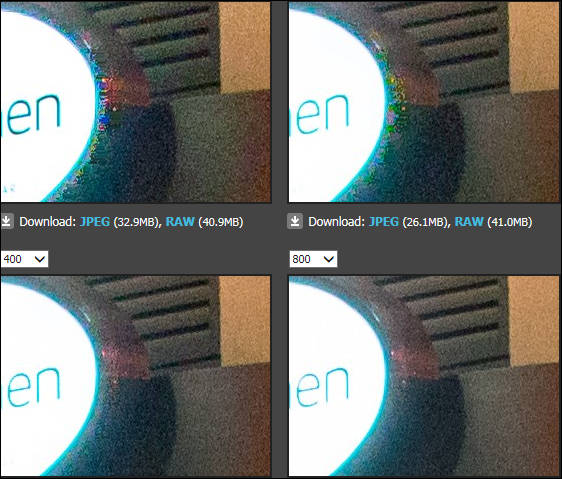
http://www.dpreview.com/articles/7450523388/sony-alpha-7r-ii-real-world-iso-invariance-study

 sony42.jpg562 x 479 - 54K
sony42.jpg562 x 479 - 54K -
Awesome: from Kevin Raber: "The Palouse with the NEW Sony a7r II and Tamron 150-600mm lens - this defines the Palouse this year, hot, dry and dusty. The Sony a7r II, incredible."

 Large_DSC0636.jpg2000 x 957 - 309K
Large_DSC0636.jpg2000 x 957 - 309K -
When compared with a DSLR, the a7R II still feels sluggish on the autofocus side of things, especially in low light situations making it behave more like a 5D Mark II than a D810. The shutter lag present in every single EVF system yet created, whilst greatly reduced compared to the A7r, is still present enough to not recommend it for shooting sports or high action situations, even with its 4D tracking abilities.
-
The sensor is 7952 x 5300 (42.145.600) pixels. This is just a little higher than 8k video in horizontal (7680). Maybe the future alpha mirrorless will record 8k internally. If using this full sensor to record 8k or even 4k a small crop to 7680 would be welcome to avoid aliasing and moire. Lets wait to see what the reviews will say about the full frame video recording crop area.
To keep the 3:2 still aspect ratio the 8k sensor needs to be 7680 x 5120 (39.321.600) or more pixels, to record 7680 x 4320. This would be amazing sensor to implement HDR video.
I like the idea of a small crop around 15% in full frame, 1.15x because it helps to avoid soft corners and heavy vignettig from some lenses, so even more than 42MP is welcome.
I would like 8192 x 5460 (44.728.320) for still and allow 8192 x 4320 for 8k and 4k cine, and the full frame 16:9 would have a little crop to avoid the corner of the lenses recording 7680 x 4320. The 16:9 have a crop factor of 1.12x in this design, enough to eliminate the extreme cornes soft and vignette.
Sony is in the way to implement 8k recording with a good iso 1600 for video. The iso 1600 in A7Rii is good, curious to see 3200 and 6400.
I saw some samples and it seems 3200 is pretty usable, but 6400 is too much for this camera for video. So 8k cameras using similar sensors can be good at iso 3200.
-
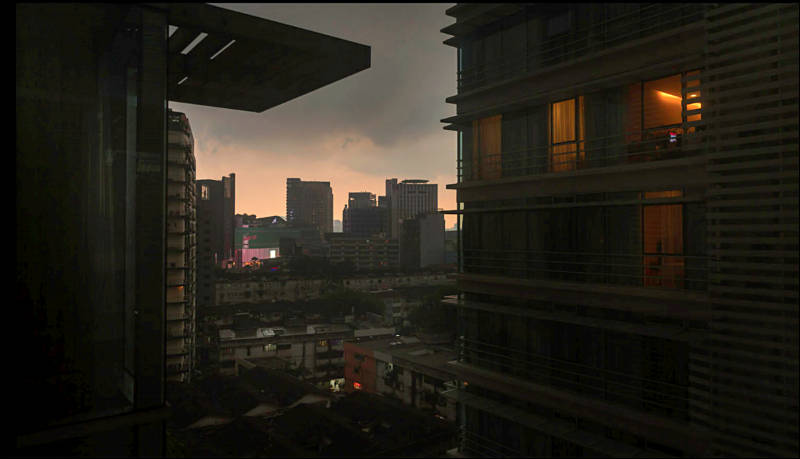
Sadly, the A7RII is not a camera that gives me any pleasure to shoot at the moment, and it bothers me that I cannot put my finger on exactly why. Logically, it ticks all the boxes. Yet it does not inspire goad you on, like the Leica Q, nor does it feel solidly dependable and razor sharp like the D810. It may well be unfamiliarity or a bad choice of custom key configuration on my part, but I suspect that isn’t entirely it. It just feels like a consumer electronic device in operation, something designed for anoraks by anoraks, not a camera. Maybe it is paradoxically too logical.

 sony46.jpg800 x 459 - 37K
sony46.jpg800 x 459 - 37K -
My guess for the A7S II sensor is 4320 x 2880 recording 3840 x 2160 in full frame with a small crop. the Super35mm crop will be 2880 x 1620 down scaled to 1920 x 1080 for full hd and upresized to 3840 x 2160 for 4k. perfect 4k image in full frame mode, and great low light performance. This is considering the sensor is 36 x 24mm and super35 is 24x13.5mm. (12441600 MP)
but if the sensor is like other sony cameras (35.8x23.9mm) and (23.5x15.6mm), then it would be good to have 2880 x 1620 in the super35 and 4388 x 2926 in full frame, recording 3840 x 2160 with small crop. (12839288 MP)
No matter the pixel count, the important thing is they keep the full frame crop area for video to be 3840 x 2160 to avoid aliasing and moire, and in the super35 area they do a full readout for upscaling for 4k or downscalling for fullhd.
I think they will keep similar A7S megapixels in the A7S II, to keep the S for Sensitivity concept, but now with the new sensor improvements similar to the A7R II (back illuminated).
I believe the A7S II will have a perfect video image at a maximum iso 5000.
-
I thought it would be fun to do an interview at insanely high ISO, so high most people in their right mind would never would never think of going.
During the interview that lasted about 30 minutes, the camera overheated and turned off 3 times
-

 sony59.jpg800 x 501 - 49K
sony59.jpg800 x 501 - 49K -
Conversely, the limitations for 8-bit video, and also to a degree slow motion, is the opposite. The inability to shoot 10-bit is because of the processor. The BIONZ X processor in the Alpha series cameras can’t actually process anything past 8-bit 422. So the same processor that I complained had difficulty managing to write data to a card and allow for simultaneous camera setting changes also can’t handle the data throughput required for 10-bit.
-
Underwater video
-
Available already
-

 sony67.jpg800 x 526 - 129K
sony67.jpg800 x 526 - 129K -
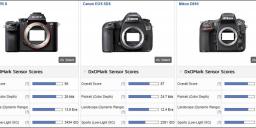
 sony68.jpg800 x 358 - 53K
sony68.jpg800 x 358 - 53K -
A7RII is a great camera, but for video A7s kills her in low light... ISO 12800 in a7s is clean as 3200 in A7rII !
here is a little test in 25.600 ISO
-
@toxotis70 Both cameras at 25.600 ISO?
Others are saying a 1 stop difference? You're saying more like a 2 stop difference?
-
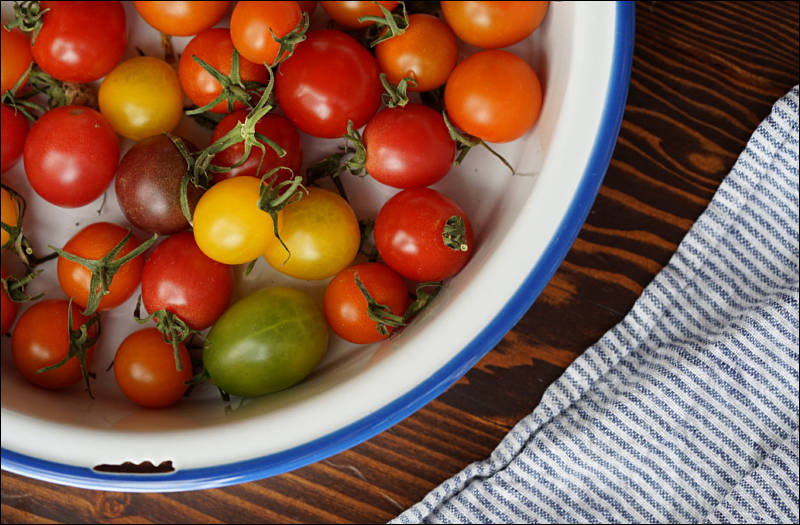
The Sony Alpha A7r Mark II is without a doubt one of the most impressive digital cameras to date: packed to the brim with features and capable of delivering higher quality images and video than anything at its price. At a time when many new cameras represent minor updates over their predecessors, the A7r Mark II goes all-out to tick almost every box. It's also unashamedly the highest-end mirrorless camera from a mainstream manufacturer and sets out to prove there's not only a market for one, but judging by pre-orders and discussion, high demand.

 sony79.jpg800 x 525 - 95K
sony79.jpg800 x 525 - 95K
Howdy, Stranger!
It looks like you're new here. If you want to get involved, click one of these buttons!
Categories
- Topics List23,964
- Blog5,723
- General and News1,342
- Hacks and Patches1,151
- ↳ Top Settings33
- ↳ Beginners254
- ↳ Archives402
- ↳ Hacks News and Development56
- Cameras2,361
- ↳ Panasonic990
- ↳ Canon118
- ↳ Sony154
- ↳ Nikon96
- ↳ Pentax and Samsung70
- ↳ Olympus and Fujifilm99
- ↳ Compacts and Camcorders299
- ↳ Smartphones for video97
- ↳ Pro Video Cameras191
- ↳ BlackMagic and other raw cameras121
- Skill1,961
- ↳ Business and distribution66
- ↳ Preparation, scripts and legal38
- ↳ Art149
- ↳ Import, Convert, Exporting291
- ↳ Editors191
- ↳ Effects and stunts115
- ↳ Color grading197
- ↳ Sound and Music280
- ↳ Lighting96
- ↳ Software and storage tips267
- Gear5,414
- ↳ Filters, Adapters, Matte boxes344
- ↳ Lenses1,579
- ↳ Follow focus and gears93
- ↳ Sound498
- ↳ Lighting gear314
- ↳ Camera movement230
- ↳ Gimbals and copters302
- ↳ Rigs and related stuff272
- ↳ Power solutions83
- ↳ Monitors and viewfinders339
- ↳ Tripods and fluid heads139
- ↳ Storage286
- ↳ Computers and studio gear560
- ↳ VR and 3D248
- Showcase1,859
- Marketplace2,834
- Offtopic1,319








